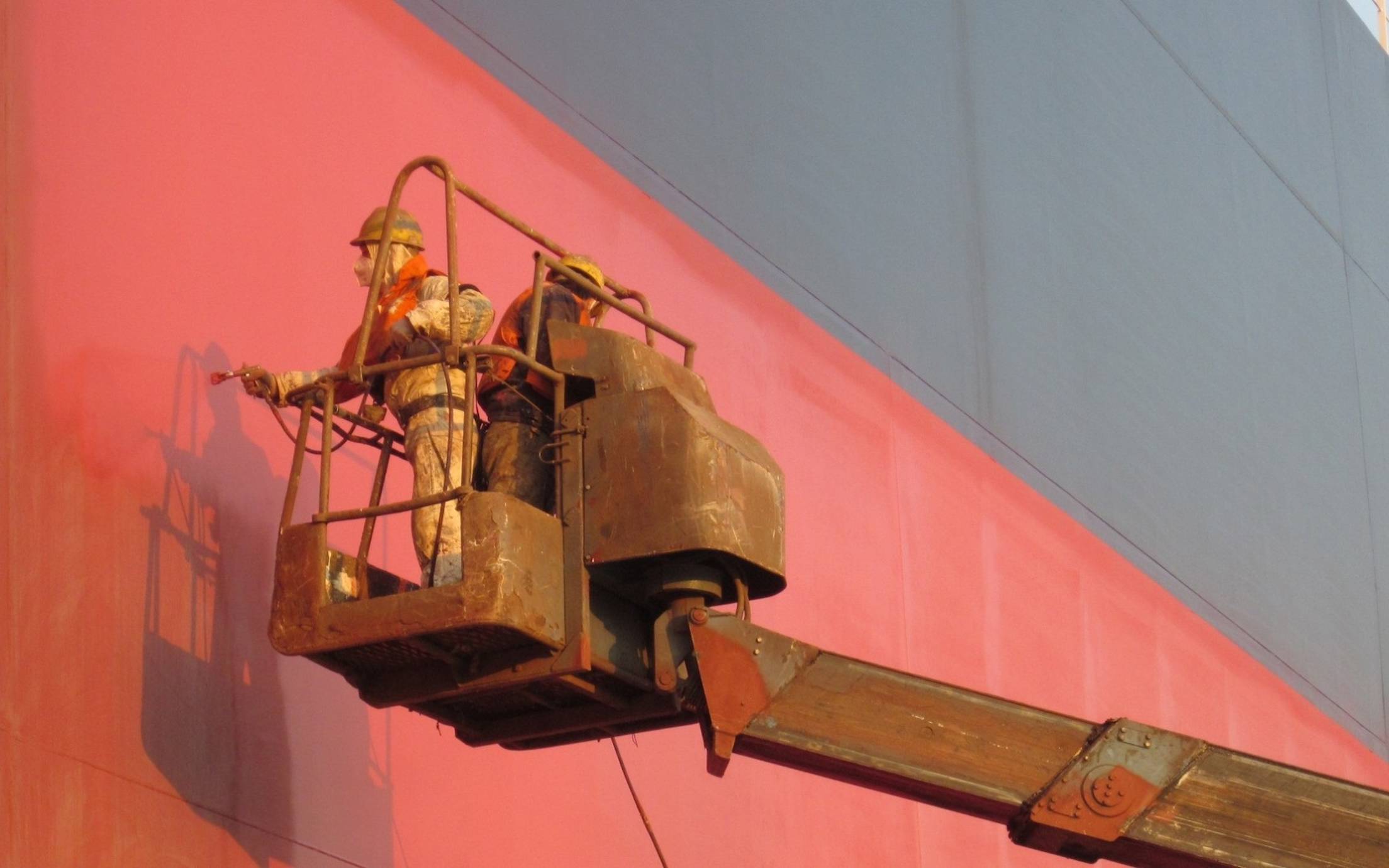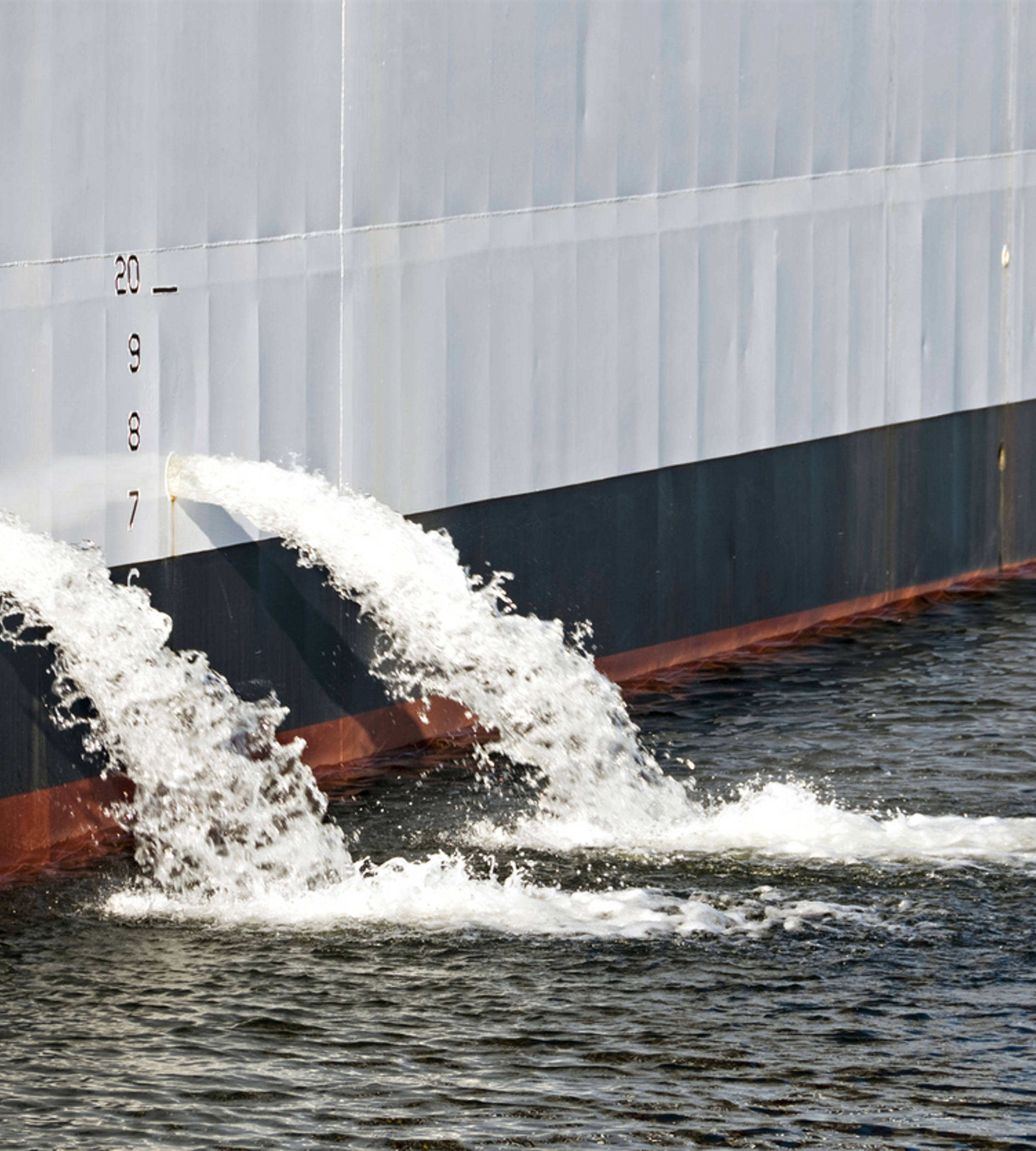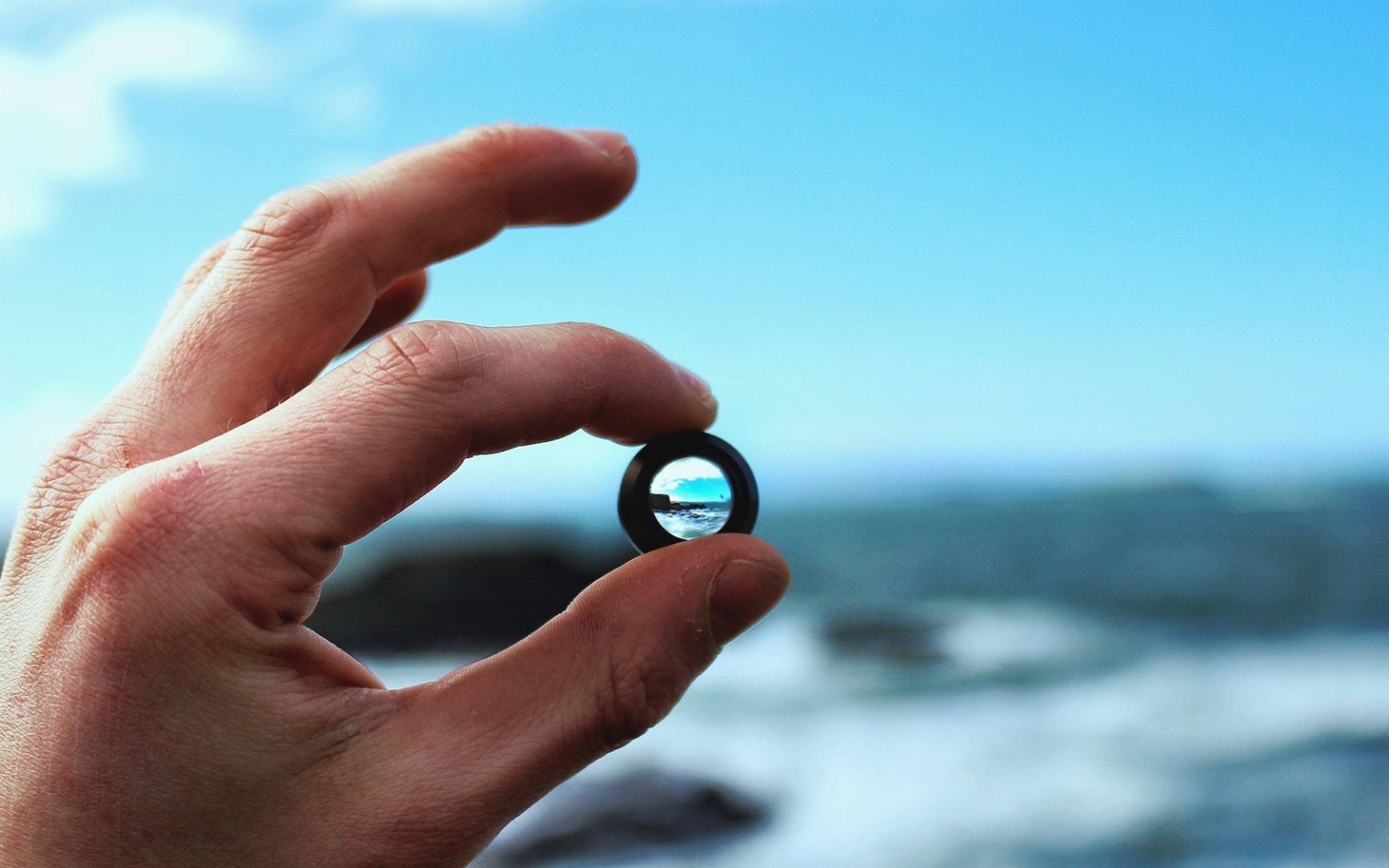
Spotlight on surface preparation and application
How is the full performance and quality of marine coatings achieved? There is no simple recipe, but proper surface preparation and application is key.

The entry into force of the global treaty to halt invasive aquatic species has led to much debate in the shipping industry as ship owners and operators work to implement the IMO’s ballast water treatment regulation.
Ballast water management is a pressing regulatory issue. Due to ballast water, shipping is considered the most important source of marine invasive species which currently create approximately seven billion Euros of losses to the global economy. The ballast water treatment regulation, adopted in September last year, is a key international measure that aims to stop the spread of potentially invasive aquatic species in ships’ ballast water.
The International Convention for the Control and Management of Ships' Ballast Water and Sediments ( BWM Convention ) was adopted by the International Maritime Organization (IMO), the United Nations specialized agency with responsibility for developing global standards for ship safety and security and for the protection of the marine environment and the atmosphere from any harmful impacts of shipping. The convention requires ships to manage their ballast water to remove, render harmless, or avoid the uptake or discharge of aquatic organisms and pathogens within ballast water and sediments.
“This is a landmark step towards halting the spread of invasive aquatic species, which can cause havoc for local ecosystems, affect biodiversity and lead to substantial economic loss,” said IMO Secretary-General Kitack Lim.
“The requirements mean that we are now addressing what has been recognized as one of the greatest threats to the ecological and the economic well-being of the planet. Invasive species are causing enormous damage to biodiversity and the valuable natural riches of the earth upon which we depend. Invasive species also cause direct and indirect health effects and the damage to the environment is often irreversible,” he said.
He added, “The entry into force of the Ballast Water Management Convention (BWMC) will not only minimize the risk of invasions by alien species via ballast water, it will also provide a global level playing field for international shipping, providing clear and robust standards for the management of ballast water on ships.”
The BWMC requires all ships in international trade to manage their ballast water and sediments, according to a ship-specific ballast water management plan. All ships must carry a ballast water record book and an International Ballast Water Management Certificate.
All ships engaged in international trade are required to manage their ballast water so as to avoid the introduction of alien species into coastal areas, including exchanging their ballast water or treating it using an approved ballast water management system.
Initially, there will be two different standards, corresponding to these two options. The D-1 standard requires ships to exchange their ballast water in open seas, away from coastal waters. Ideally, this means at least 200 nautical miles from land and in water at least 200 metres deep. By doing this, fewer organisms will survive and so ships will be less likely to introduce potentially harmful species when they release the ballast water. D-2 is a performance standard which specifies the maximum amount of viable organisms allowed to be discharged, including specified indicator microbes harmful to human health.
New ships must meet the D-2 standard, while existing ships must initially meet the D-1 standard. An implementation timetable for the D-2 standard has been agreed, based on the date of the ship's International Oil Pollution Prevention Certificate (IOPPC) renewal survey, which must be undertaken at least every five years.
Eventually, all ships will have to conform to the D-2 standard. For most ships, this involves installing special equipment. Besides the IMO convention, ships sailing in US waters are required to employ a type-approved BWMS which is compliant with US Coast Guard (USCG) regulations. https://www.dnvgl.com/maritime/ballast-water-management/index.html
The rollout of the BWC is generating much debate in the shipping industry. Since the IMO’s convention officially came into force in September 2017, this meant that existing ships would have a system installed by the deadline of the renewal of their first IOPP certificate, which as mentioned above happens every five years. Many owners rushed to have their IOPP renewals just before this date, so they would effectively have a five-year grace period to install a system. This move was criticised by system makers and environmental groups.
As reported by ShipInsight, the ship owners, for their part, had put forward several arguments complaining of a faulty type approval process, systems that did not live up to expectations and a massive cost that could not be afforded. In addition, the difference between the IMO and USCG regulations and approval process could mean that any system installed might not prove to be acceptable to the US authorities in the future requiring it to be replaced with one that was.
Stressing the need to delay implementation of the BWMC, the International Chamber of Shipping (ICS) urged the IMO to back a proposal from a broad coalition of governments that resulted in postponing the implementation dates for installing new ballast water treatment systems. In short, the IMO agreed to delay implementation for existing ships by pushing back the date they are required to start fitting BWMS by a further two years to the date of their first IOPP renewal survey on or after 8 September 2019. This extends the date by which all ships must have installed a system to 2024 from 2022.
“Postponing the implementation date by two years is pragmatic as it allows shipping companies time to identify and invest in far more robust technology to the benefit of the marine environment,” said ICS Secretary General, Peter Hinchliffe.
Based on market intelligence reports, between now and 2024 about 60,000 ships will need to spend between EUR100,000 and EUR700,000 each to purchase ballast water systems, but the total expenditure including installation, commissioning and training is understood to be around $3-5m.
The huge costs, couple with a lack of confidence in the existing type-approval process, and the previous uncertainty as to when the convention would enter into force, has led to very few existing ships so far being retrofitted with required treatment systems.
DNV GL, one of the world’s leading classification societies, believes the rollout of the BWMC is timely. “The two-year implementation delay of ballast water treatment systems (BWTS) for vessels between 2017–2019 is acceptable when one considers the big picture,” says Martin Olofsson, senior principal engineer, DNV GL - Maritime. “It is important to remember that the BWMC entered into force 8 September 2017 and all vessels (in practice) are currently doing ballast water management – most of them, however, by applying the transitional ballast water exchange methods. The delay now helps to grow the confidence in the shipping community for the proper functioning of BWTS.”
According to DNV GL, as of this month, about 60 separate BWTS have been type approved by IMO and six by the USCG. “In addition, seven are currently under review by the USCG. Also, we are assisting two manufacturers to submit their type approval request to the USCG before the summer. With probably more than ten USCG type-approved systems by this autumn, shipowners should have enough options to choose from.”
For their part, the system manufacturers and stakeholders in the ballast water treatment equipment market have taken a major step forward by codifying a unified manufacturers’ association. The paramount need to establish The Ballastwater Equipment Manufacturers’ Association (BEMA) arose from the growing demand for well-founded information on the practicability of ballast water treatment technologies, as well as on the technical and environmental aspects of implementing ballast water management regulations worldwide, said Marcie Merksamer, Secretary General of BEMA, in a press statement. BEMA has already been approached by ICS, BIMCO, and other ship owner associations to discuss the important implementation challenges and solutions.
Interestingly, in the 14 years the BWMC process has taken, many have remarked that invasive organisms are just as likely to be carried on the outside of the ship’s hulls than on the inside of a ballast tank. The leading coating manufacturers, including Jotun, are addressing this issue.
“Stakeholders in the international shipping industry are calling for higher standards to combat environmental emissions, both to the air and sea. The transfer of invasive aquatic species (IAS) in ballast water has been addressed with the entry into force of the BWM Convention, but currently there is no international legislation to prevent the transfer of IAS on ships’ hulls through fouling, only guidelines with few local exceptions,” says Dr Erik Risberg, global marketing director at Jotun Marine Coatings. “To help address the issue of biological transfer, Jotun, together with industry partners and international bodies, is taking an active role in the development of standards and efficient procedures for the coatings industry. Effective biofouling control is vitally important to protect the ocean environment and also an efficient way of reducing fuel consumption and greenhouse gas emissions.”
Read this link for more information on the management of ballast water: http://www.imo.org/en/OurWork/Environment/BallastWaterManagement/Pages/Default.aspx

How is the full performance and quality of marine coatings achieved? There is no simple recipe, but proper surface preparation and application is key.

A holistic approach is crucial in order for the badge of “environmental friendly” to have any true meaning argues Jotun sustainability executive.

Economic upswing in growth gives rise to cautious optimism among top names within the shipping industry. Policy, regulations and digitalisation will continue to impact the industry in 2018.
A video is being shown
An image is being displayed
A brochure is being displayed